More than 119,000 people had bloodstream staph infections in 2017, and nearly 20,000 of them died (1). According to the WHO, MRSA (Methicillin Resistant Staphylococcus Aureus) has reached epidemic proportions in the US, Canada, Japan, and Indonesia (2).
Staph infections are caused by the Staphylococcus bacteria that are found on the skin of many humans. They usually do not cause any harm. However, in some instances, these bacteria can trigger minor infections. On rare occasions, infections caused by Staphylococcus may become life-threatening if not treated in time.
Read on to know more about staph infection, its treatment options, and prevention tips.
What Is A Staph Infection?
Staph infections are bacterial infections caused by different strains of the Staphylococcus bacteria. These bacteria are commonly found on the skin and inside the nose of healthy individuals. They hardly cause any issues most of the times, excluding some minor skin infections in some people.
However, if the staph bacteria enter deeper into your body, the situation can turn deadly. They can invade your bloodstream, joints, bones, lungs, and heart. Of late, a growing number of otherwise healthy people have been developing lethal staph infections.
The signs and symptoms of a staph infection may vary depending on the type of infection it triggers.
Staph Infection – Types And Symptoms
The common skin infections triggered by the Staphylococcus bacteria are:
- Boils – They usually develop as pockets of pus in the hair follicles or oil glands. The skin surrounding the infected area tends to look swollen and red.
- Impetigo – It is a contagious infection characterized by painful rashes and large fluid-filled blisters that develop a honey-colored crust.
- Cellulitis – This staph infection occurs in the deeper layers of the skin. It causes redness, swelling, and, in some cases, oozing ulcers on the skin.
- Staphylococcal Scalded Skin Syndrome – Staphylococcus bacteria can produce toxins, which results in staphylococcal scalded skin syndrome. It is quite common in babies and children. This infection is characterized by fever, rashes, and blisters. In some cases, the topmost layer of the blistered skin may come off to reveal a raw surface that resembles a burn.
A staph infection may also trigger the following conditions:
- Food Poisoning – One of the leading causes of food poisoning is staph bacteria. Its symptoms usually include nausea, vomiting, dehydration, diarrhea, and/or low blood pressure.
- Septicemia – This condition is also known as blood poisoning. It is caused as a result of staph bacteria entering a person’s bloodstream. The symptoms are fever and low blood pressure. Septicemia can also result in infections that affect the internal organs (like the brain, heart, or lungs), bones, muscles, and surgically implanted devices (like artificial joints).
- Toxic Shock Syndrome – This condition is also triggered by the toxins released by some strains of the Staphylococcus bacteria. It has been linked to certain kinds of tampons, surgery, and wounds. The symptoms of toxic shock syndrome are:
- High fever
- Vomiting
- Nausea
- Diarrhea
- Stomach pain
- Confusion
- Muscle aches
- Rashes on the palms or soles
- Septic Arthritis – It targets the knees, fingers, toes, hips, and shoulders. This type of arthritis is caused due to the invasion of the joints by infectious agents like staph bacteria. The symptoms of septic arthritis may include:
- Swelling in the joints
- Pain in the affected area
- Fever
Let us now understand the main cause of this infection.
What Causes Staph Infections?
As already discussed, staph infections are caused by Staphylococcus bacteria. Many people carry these bacteria without even realizing it. If you have developed a staph infection, there is a good chance that you have been carrying these microbes around for quite some time.
These bacteria can easily spread from person to person and may also live long enough on inanimate utensils like towels or pillowcases to infect the next person who touches them.
Staphylococcus bacteria are known to be able to survive extreme temperatures and high levels of salt as well as stomach acid.
If you have been diagnosed with a staph infection, your doctor may either put you on appropriate antibiotics or discuss other treatment options like wound drainage or removal of infected devices. Treatment often depends on the type of infection you are battling.
Listed below are some all-natural remedies that can assist ongoing medication in managing staph infections.
11 Natural Remedies To Get Rid Of A Staph Infection
1. Essential Oils
a. Tea Tree Oil
You Will Need
- 2-3 drops of tea tree oil
- 2 teaspoons of coconut oil (or any carrier oil)
What You Have To Do
- Add two to three drops of tea tree oil to two teaspoons of coconut oil.
- Mix well and apply the mixture to the infected area.
- Leave it on overnight.
- Rinse it off the next morning.
How Often You Should Do This
You may do this once daily.
Why This Works
The anti-inflammatory and antimicrobial activities of tea tree oil can help treat skin infections triggered by Staphylococcus bacteria. It works best as adjuvant therapy to existing treatments (3).
b. Oregano Oil
You Will Need
- 2-3 drops of oregano oil
- 2 teaspoons of coconut oil (or any carrier oil)
What You Have To Do
- Add two to three drops of oregano oil to two teaspoons of any carrier oil.
- Mix well and apply the mixture to the affected area.
- Leave it on overnight.
- Rinse it off the next morning.
How Often You Should Do This
You may do this once daily.
Why This Works
Oregano oil exhibits bactericidal activity on some strains of Staphylococcus bacteria and may be used to treat wound-associated skin infections (4).
2. Apple Cider Vinegar
You Will Need
- 1 tablespoon of raw apple cider vinegar
- 1 cup of water
What You Have To Do
- Add a tablespoon of raw apple cider vinegar to a glass of water. Mix well.
- Consume this mixture daily.
- You can also use this solution topically for skin infections.
How Often You Should Do This
You can do this once daily.
Why This Works
The antimicrobial properties of apple cider vinegar can help eliminate microbes like staphylococcus and can thus help in the treatment of infections triggered by them (5).
3. Basil Oil
You Will Need
- 2-3 drops of basil oil
- 2 teaspoons of any carrier oil
What You Have To Do
- Add two to three drops of basil oil to two teaspoons of any carrier oil like coconut oil.
- Mix well and apply it to the affected skin.
- Leave it on overnight.
- Rinse it off the next morning using water.
How Often You Should Do This
You may do this once daily.
Why This Works
Basil oil shows a powerful inhibitory effect against microbes like Staphylococcus and may be a great option to treat staph infections (6).
4. Vitamins
Deficiency of vitamin D has been associated with an increased risk of methicillin-resistant Staphylococcus aureus (MRSA) nasal carriage (7). Vitamin C has an inhibitory effect on the bacteria (8).
Hence, increasing the intake of foods rich in these vitamins like dairy products, citrus fruits, green leafy veggies, and egg yolks can help in battling staph infections. Talk to your doctor if you want to take additional supplements for these vitamins.
5. Aloe Vera
You Will Need
1 teaspoon of freshly extracted aloe vera gel
What You Have To Do
- Take a teaspoon of freshly extracted aloe vera gel and apply it to the affected area.
- Leave it on for 20-30 minutes and rinse it off with water.
- Drink one-fourth glass of fresh aloe juice for additional benefits.
How Often You Should Do This
You may do this once daily for best results.
Why This Works
Aloe vera possesses antibacterial activities against Staphylococcus bacteria (9). These activities may be used to treat staph infections.
6. Probiotics
You Will Need
Probiotic supplement
What You Have To Do
Take any probiotic supplement daily. Make sure you consult a doctor before taking any additional supplements.
How Often You Should Do This
You may take this once daily or as advised by your doctor.
Why This Works
Probiotic lactobacilli exhibit immunoregulatory activities that can help in eliminating staphylococcus infections from within (10).
7. CBD Oil
You Will Need
A few drops of CBD oil
What You Have To Do
- Apply CBD oil to the affected area.
- Leave it on until it dries.
How Often You Should Do This
You may do this once daily or as directed by your physician.
Why This Works
CBD oil exhibits antibacterial activities against many Staphylococcus bacterial strains and can thus be used in the treatment of staph infections (11).
8. Garlic
You Will Need
2-3 garlic cloves
What You Have To Do
- Peel the garlic cloves and
- crush them.
- Add them to your favorite salads and dishes.
- You can also chew on the garlic cloves directly.
How Often You Should Do This
You can do this once daily.
Why This Works
Garlic extracts enhance the antimicrobial activity of antibiotics used on methicillin-resistant strains of Staphylococcus aureus. Hence, garlic can work well as adjuvant therapy in treating staph infections (12).
9. Goldenseal
You Will Need
- 1 teaspoon of goldenseal tea
- 1 cup of hot water
What You Have To Do
- Add a teaspoon of goldenseal tea to a cup of hot water.
- Steep for 5 minutes and strain.
- Drink the warm tea.
- Alternatively, you can also take goldenseal supplements after consulting your doctor.
How Often You Should Do This
You may take this concoction 1-2 times daily.
Why This Works
Goldenseal exhibits antimicrobial properties against methicillin-resistant Staphylococcus aureus and may thus be able to treat staph infections (13).
10. Ginger
You Will Need
- 1 inch of sliced ginger
- 1 cup of water
What You Have To Do
- Add an inch of ginger to a cup of water.
- Bring it to a boil in a saucepan and simmer for 5 minutes.
- Strain and drink the tea.
How Often You Should Do This
You may drink this 1-2 times daily.
Why This Works
Ginger exhibits antibacterial properties that may be used against bacterial infections caused by Staphylococcus bacteria (14).
11. Cranberry Juice
You Will Need
1 ½ cups of cranberry juice
What You Have To Do
Consume cranberry juice.
How Often You Should Do This
You may drink this juice once daily.
Why This Works
The antibacterial potential of cranberry juice can work wonders against staphylococcus infections (15).
In addition to the above remedies, here are some tips that can help prevent the recurrence of staph infections.
How To Prevent A Staph Infection
- Wash your hands with soap and water at regular intervals, especially after using the washroom and before eating.
- Keep the open wounds and cuts covered with bandages until they heal completely.
- Change your tampon every 4-8 hours to avoid staph infections like toxic shock syndrome.
- Do not share personal items like razors, towels, sheets, and clothing with others.
- Wash possibly infected clothing and bedding in hot water.
- Follow the necessary safety precautions while handling food. Refrigerate leftovers as soon as possible.
The remedies discussed above can work wonderfully in battling staphylococcus infections. However, you must avail medical intervention for such infections and use the home remedies only to assist ongoing medical treatments.
Hope you found this post helpful. Do you have any more queries related to staph infections? Get in touch with us through the comments section below.
Expert’s Answers For Readers’ Questions
How long does it take for a staph infection to go away?
The healing of staph infections may vary depending on the type of the infection. For example, a boil may take anywhere between 10-20 days to heal completely. Availing treatment may speed its healing.
What is the difference between sepsis and staph?
MRSA or methicillin-resistant Staphylococcus aureus is a strain of Staphylococcus bacteria that has become immune to many antibiotics. Unchecked or undiagnosed MRSA is at a high risk of developing into sepsis, which is a life-threatening condition triggered by your body’s response to an infection.
Does hydrogen peroxide kill staph?
Yes, hydrogen peroxide can kill Staphylococcus bacteria like S. aureus by forming a hydroxyl radical post reaction with staphylococcal iron.
What kills staph bacteria on the skin?
The home remedies mentioned above, like topical application of tea tree and oregano oils as well as aloe vera gel are some of the best natural remedies that can help in the treatment of bacterial skin infections.
Is staph infection contagious?
Yes, Staphylococcus bacteria are highly contagious and can easily spread by direct contact with an infected person or utensil.
References
- “Staph infections can kill” Vital Signs, Centers for Disease Control.
- “MRSA SURVIVORS NETWORK” World Health Organization.
- “Staphylococcus aureus and wounds: a review of tea tree oil as a promising antimicrobial.” American Journal of Infection Control, US National Library Of Medicine.
- “Bactericidal Property of Oregano Oil Against Multidrug-Resistant Clinical Isolates.” Frontiers In Microbiology, US National Library Of Medicine.
- “Antimicrobial activity of apple cider vinegar against Escherichia coli, Staphylococcus aureus and Candida albicans; downregulating cytokine and microbial protein expression” Scientific Reports, US National Library Of Medicine.
- “Comparative studies on the activity of basil–an essential oil from Ocimum basilicum L.–against multidrug resistant clinical isolates of the genera Staphylococcus, Enterococcus and Pseudomonas by using different test methods.” Journal of Microbiological Methods, US National Library Of Medicine.
- “Vitamin D and methicillin-resistant Staphylococcus aureus nasal carriage.” Scandinavian Journal of Infectious Diseases, US National Library Of Medicine.
- “Vitamin C inhibits staphylococcus aureus growth and enhances the inhibitory effect of quercetin on growth of Escherichia coli in vitro.” Planta Medica, US National Library Of Medicine.
- “Aloe vera extract: A novel antimicrobial and antibiofilm against methicillin resistant Staphylococcus aureus strains.” Pakistan Journal of Pharmaceutical Sciences, US National Library Of Medicine.
- “Probiotic Lactobacilli Modulate Staphylococcus aureus-Induced Activation of Conventional and Unconventional T cells and NK Cells” Frontiers In Immunology, US National Library Of Medicine.
- “Antibacterial cannabinoids from Cannabis sativa: a structure-activity study.” Journal of Natural Products, US National Library Of Medicine.
- “Fresh Garlic Extract Enhances the Antimicrobial Activities of Antibiotics on Resistant Strains in Vitro” Jundishapur Journal Of Microbiology, US National Library Of Medicine.
- “Quorum quenching and antimicrobial activity of goldenseal (Hydrastis canadensis) against methicillin-resistant Staphylococcus aureus (MRSA).” Planta Medica, US National Library Of Medicine.
- “Antibacterial effect of Zingiber officinale and Garcinia kola on respiratory tract pathogens.” East African Medical Journal, US National Library Of Medicine.
- “The antimicrobial effects of cranberry against Staphylococcus aureus.” Food Science and Technology International, US National Library Of Medicine.
The post 11 Natural Remedies To Get Rid Of A Staph Infection + Causes And Symptoms appeared first on STYLECRAZE.
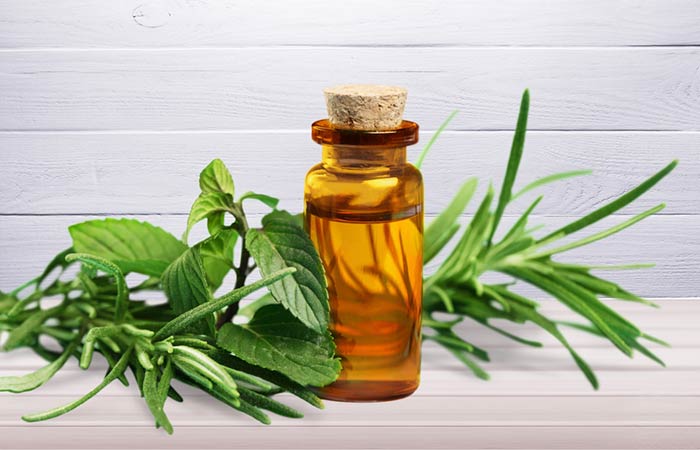
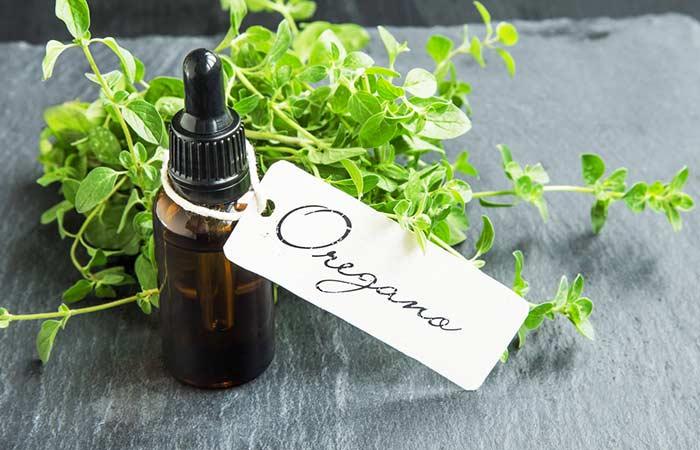
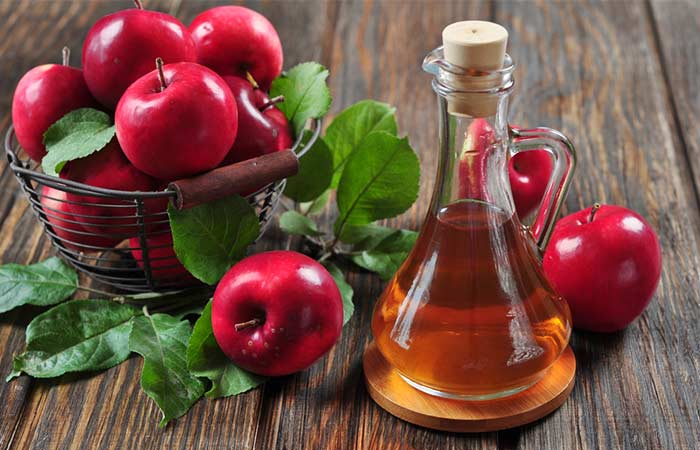
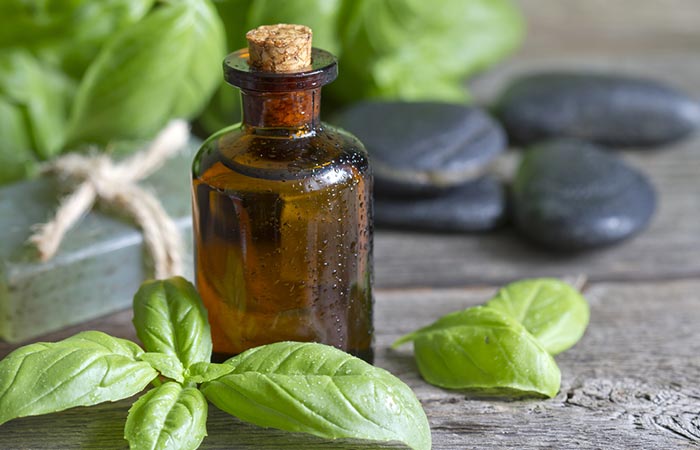

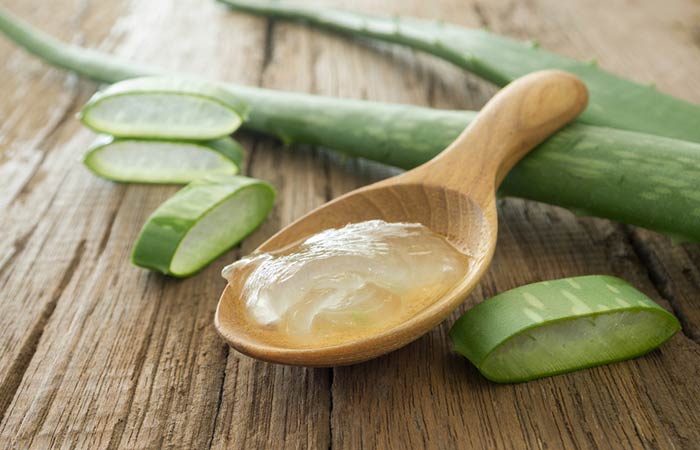
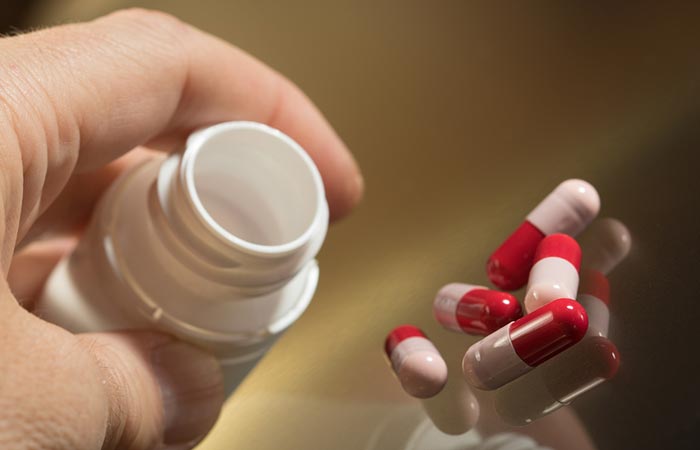
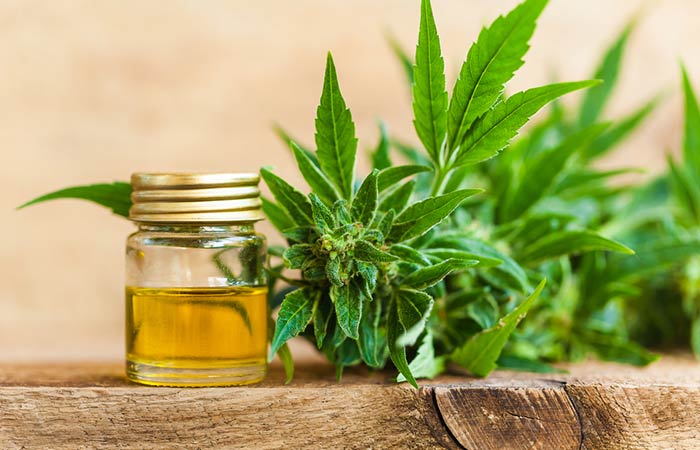
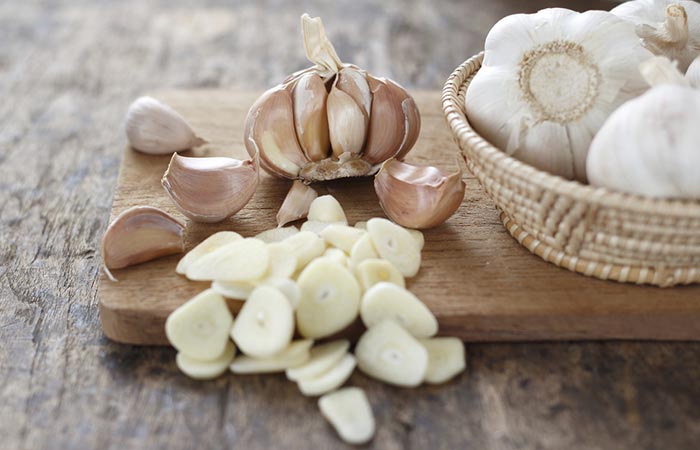
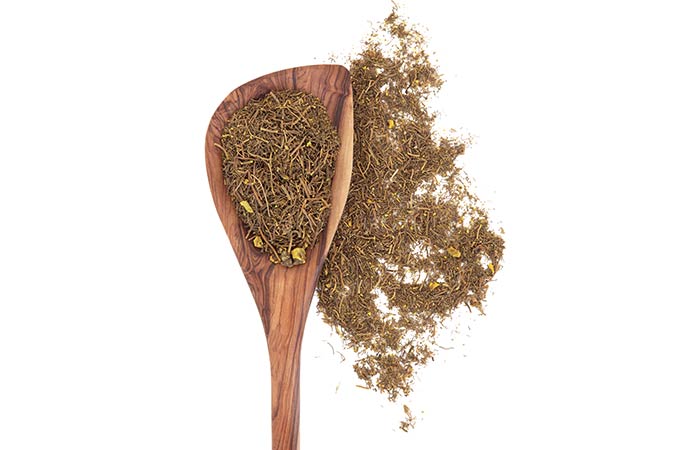


0 Comments